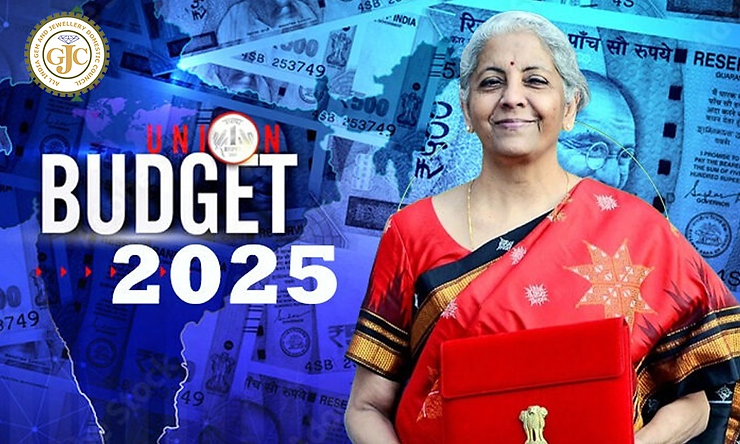
The gems and jewellery sector is critical to India’s economy, contributing significantly through exports, job creation, and cultural heritage preservation. It is also a significant employment producer and India’s second-largest foreign exchange earner (FEE). However, the industry confronts various hurdles, including as complex taxation, demanding compliance standards, and limited access to capital. To address these concerns, the All India Gem & Jewellery Domestic Council (GJC) has issued a thorough paper providing concrete recommendations for realizing the full potential of India’s gem and jewellery sector.
In a pre-Budget letter to Union Finance Minister Ms. Nirmala Sitharaman, GJC requested that the Goods and Services Tax (GST) on gems and jewels be reduced from the existing 3% to 1% on revenue equivalence ratio to lessen the cost burden on the business and, ultimately, on consumers. Furthermore, there is an urgent need to establish a concessional GST rate for lab-grown diamonds in order to fully recognize their sustainable and cost-effective advantages over natural diamonds. Currently, natural and lab-grown diamonds are taxed at the same GST rate.
Furthermore, because the jewellery industry lacks a specialized ministry, GJC asks the government to establish state-level nodal agencies and select a Central Minister just for the jewellery sector. This framework would help to better organize the industry, encouraging positive growth in the local sector while also complementing exports.
The jewellery sector in India is dominated by small and medium-sized firms (SMEs), including family-owned jewellers, which account for roughly two-thirds of total industry revenue. Therefore, addressing their challenges is critical.
Rajesh Rokde, Chairman of GJC, stated, “With over 20 years of expertise representing industry stakeholders, GJC acts as a liaison between the government and the trade. We strive relentlessly to promote the general growth and improvement of the industry. As a result, we want tax rationalisation and increased financial availability to help business. With rising gold prices, the present GST rate is becoming increasingly costly for industry and end users. As a result, we respectfully urge that the GST rate be reduced in order to encourage compliance. Furthermore, the tax cut will increase consumer affordability, particularly in rural regions, while also improving revenue collection by expanding the formal economy.
Avinash Gupta, Vice Chairman of GJC, stated, “We suggest that the government review the EMI on jewellery, which has been a long-standing demand of the sector. This would also boost our Honourable Prime Minister’s goal of ‘Digital India’. The Gold Monetisation Scheme (GMS) also needs to be revamped since it has the potential to discover idle household gold in the economy, allowing us to become more self-sufficient and reduce our reliance on imports. As the apex body of the gems and jewellery sector, GJC has a thorough roadmap for the successful implementation of GMS, and we can assist the government in implementing it throughout the country.”
